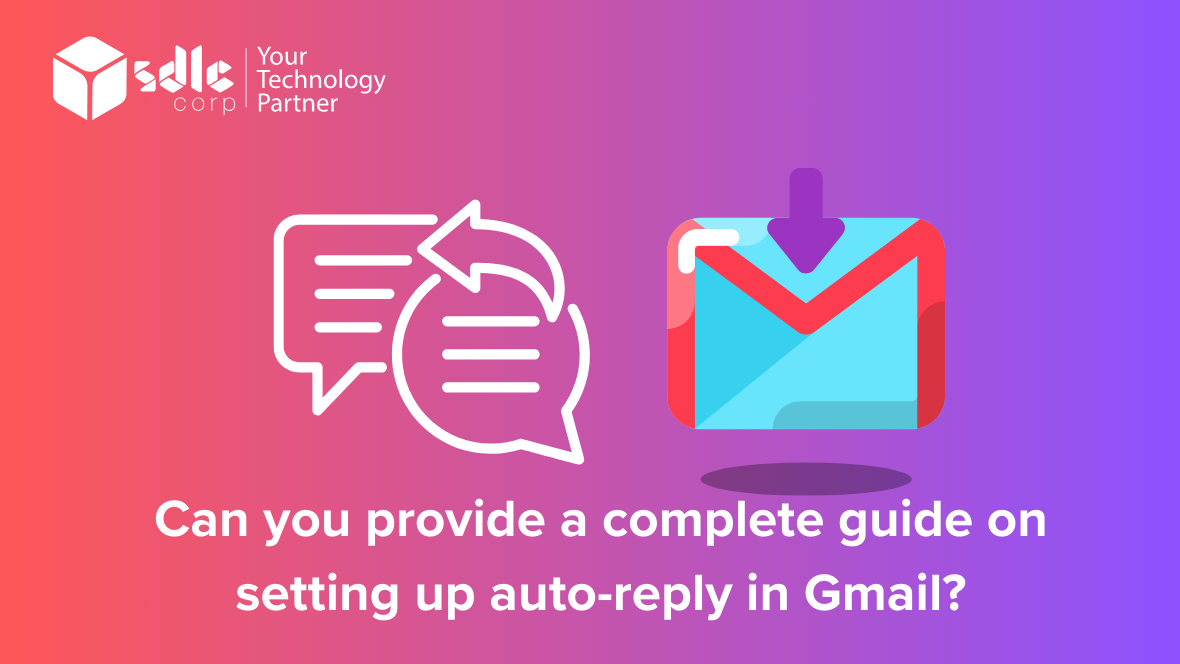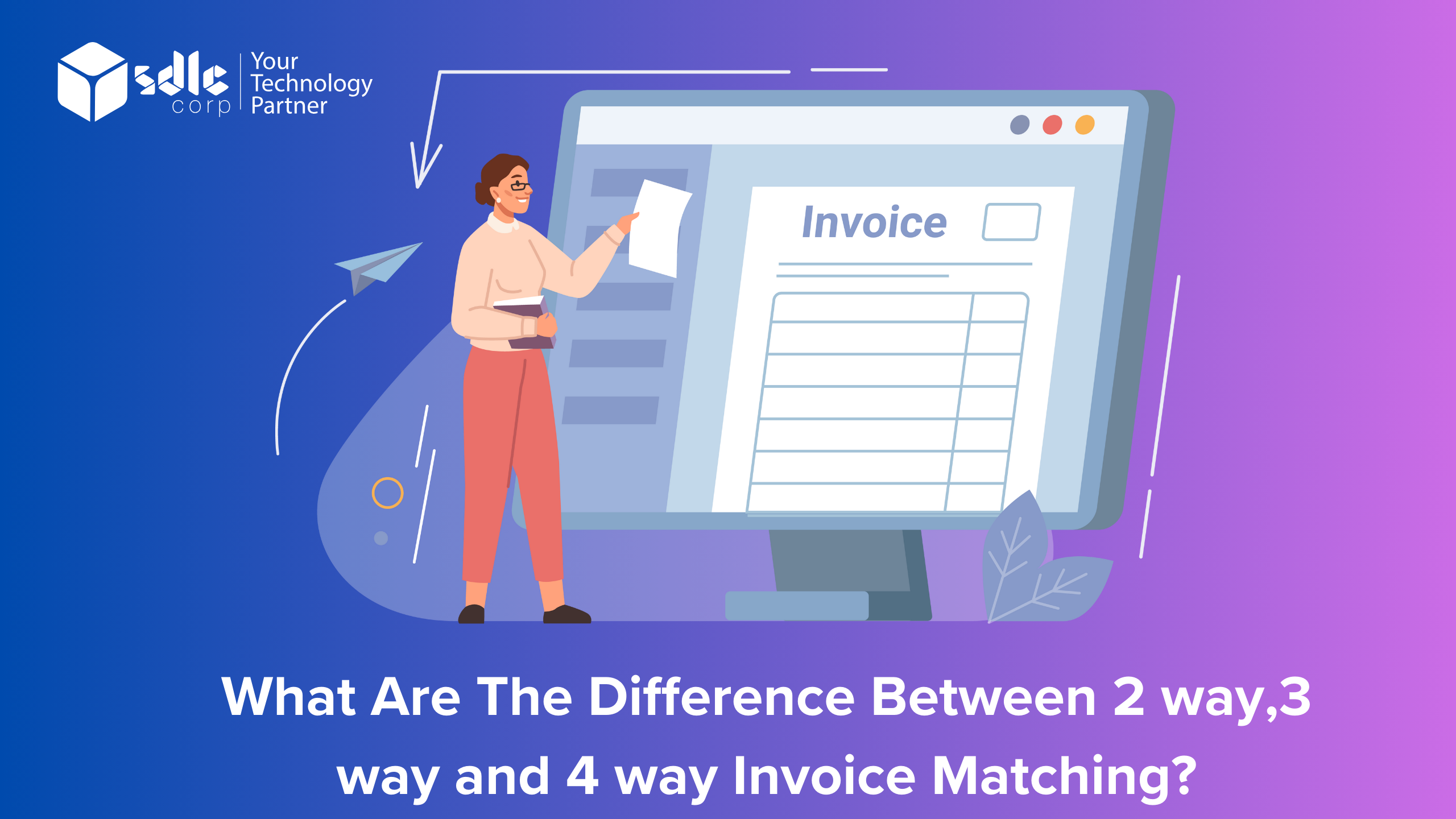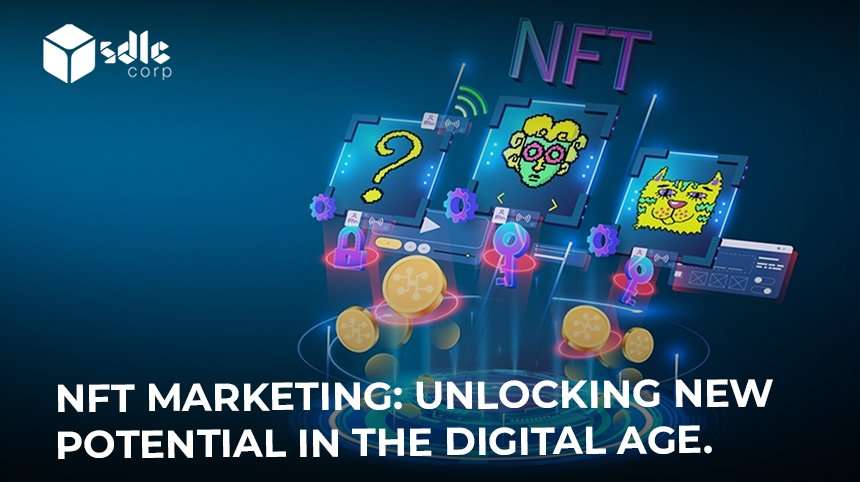Can you provide a complete guide on setting up auto-reply in Gmail?
In today’s digital landscape, efficient email management is paramount. A fundamental aspect of this is utilizing auto-reply features to streamline communication. Gmail offers a robust auto-reply system, known as the vacation responder, allowing users to automatically inform contacts of their unavailability or provide alternative contacts or information. The process is straightforward: access Gmail settings, enable the vacation responder, specify the response duration, compose a message detailing your absence, and save your changes. Testing the auto-reply ensures its functionality while managing settings allows for adjustments as needed. Concurrently, for those utilizing Outlook exporting emails to Excel can be invaluable for organization and analysis. By selecting emails, navigating through Outlook’s export options, specifying the file type and destination, and mapping fields if necessary, users can seamlessly transfer email data into Excel for further manipulation. By mastering these features, individuals can enhance their email management capabilities, improving productivity and workflow efficiency.
How Its Work?
How to Set Up Auto-Reply in Gmail
1. Sign in to Your Gmail Account:
– Open your web browser and navigate to the Gmail website ([https://mail.google.com/](https://mail.google.com/)).
– Enter your email address and password to sign in to your Gmail account.
2. Access Gmail Settings:
– Once you’re logged in, locate the gear icon in the top-right corner of the Gmail interface. Click on it to access the settings menu.
3. Navigate to the “Vacation Responder” Section:
– From the settings menu, select “See all settings.” This will take you to the Gmail settings page.
– Within the settings page, click on the “General” tab located at the top.
4. Enable the Vacation Responder:
– Scroll down the General settings page until you find the “Vacation responder” section.
– Click on the radio button next to “Vacation responder on” to enable the auto-reply feature.
5. Set the Dates:
– Specify the start date and end date for your auto-reply. This determines the period during which the auto-reply will be active.
– If you want the auto-reply to be active indefinitely, you can leave the end date blank.
6. Compose Your Auto-Reply Message:
– In the text box provided, compose the message that you want to be sent as an auto-reply.
– Your auto-reply message should include information such as the dates you’ll be away, alternative contact methods, and any other relevant details.
– Keep the message concise and clear to ensure recipients understand your absence and how to reach you if necessary.
7. Choose Recipients:
– Decide whether you want the auto-reply to be sent to all incoming messages or only to contacts in your address book.
– If you select “Send responses to all incoming messages,” your auto-reply will be sent to anyone who emails you during the specified dates.
8. Save Your Changes:
– Once you’ve composed your auto-reply message and adjusted the settings to your preferences, scroll to the bottom of the settings page.
– Click on the “Save Changes” button to apply your settings and activate the auto-reply feature.
9. Test Your Auto-Reply:
– To ensure that your auto-reply is working correctly, send a test email to your Gmail account from another email address.
– Verify that you receive the auto-reply message in response to your test email.
10. Review and Adjust as Needed:
– Periodically check your Gmail account while the auto-reply is active to ensure that you don’t miss any important emails.
– Once you return from your absence, remember to disable the auto-reply feature or adjust the settings accordingly.
Enabling auto-replies in Gmail allows you to notify senders of your temporary absence and provide them with alternative contact information if needed. This feature helps manage expectations and ensures that important communications are addressed promptly.
What Are Auto Replies?
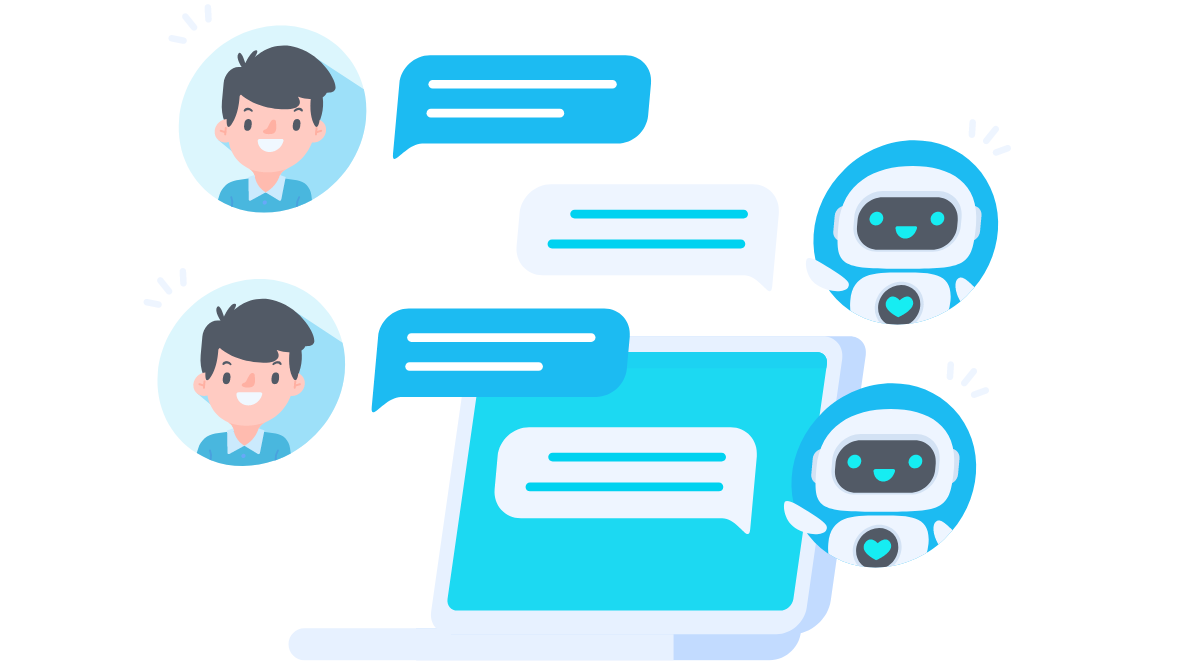
Auto replies, also known as automatic email responses or out-of-office messages, are pre-written responses that are sent automatically to individuals who email you while you are unavailable or unable to respond manually. These messages serve as a courtesy to inform senders that their message has been received and that you may not be able to reply immediately. Auto replies can be set up for various purposes, such as vacations, business trips, or even during busy periods when you might not be able to check your email regularly.
How Auto Replies Work:
1. Detection of Incoming Emails: When an email is received in your inbox, your email service provider (such as Gmail, Outlook, or Yahoo) detects it and checks whether auto-reply settings are enabled.
2. Matching Criteria: The email service provider then compares the incoming email address with any predefined criteria set by you, such as specific email addresses, domains, or keywords in the subject line.
3. Triggering the Auto Reply: If the incoming email matches the predefined criteria and auto-reply is enabled, the email service provider automatically sends the pre-written auto-reply message to the sender’s email address.
4. Delivery Confirmation: Once the auto-reply message is sent, the email service provider records the action and may include it in the email’s delivery status or logs.
Key Features of Auto Replies:
– Customization: Auto replies can be customized to include information such as the dates of your absence, alternative contacts, or instructions for urgent matters.
– Timing Options: They often allow you to set specific start and end dates for the auto-reply, ensuring that it’s active only when needed.
– Selective Responses: Some email services offer the option to send auto replies to all incoming emails or only to specific senders or domains.
– Multiple Messages: In some cases, you can set up different auto-reply messages for different purposes or internal and external contacts.
Use Cases for Auto Replies:
– Vacations and Leaves: Informing contacts that you’re away from the office and when they can expect to hear back from you.
– Business Trips: Notifying senders that you’re traveling for work and may have limited access to email.
– Busy Periods: Alerting contacts that you may experience delays in responding due to high workload or other commitments.
– Lead Generation: Acknowledging inquiries or requests and providing additional information or next steps automatically.
Benefits of Auto Replies:
– Professionalism: They contribute to professional email etiquette by acknowledging messages promptly, even when you’re unavailable.
– Time Management: Auto replies help manage expectations and reduce the need for follow-up emails or phone calls while you’re away.
– Improved Communication: They ensure that senders are informed about your availability or absence, fostering better communication and preventing misunderstandings.
– Productivity: By automating responses, you can focus on other tasks without worrying about responding to emails individually.
Auto-replies are a valuable feature of email communication, providing a convenient and efficient way to manage incoming messages and maintain communication with contacts even when you’re not available to respond manually.
"Effortless Communication: The Ultimate Gmail Auto Reply Guide"
What is the process for enabling auto replies in Gmail?
1. Sign in to Your Gmail Account:
– Open your web browser and navigate to the Gmail website ([https://mail.google.com/](https://mail.google.com/)).
– Enter your email address and password to sign in to your Gmail account.
2. Access Gmail Settings:
– Once you’re logged in, locate the gear icon in the top-right corner of the Gmail interface. Click on it to access the settings menu.
3. Navigate to the “Vacation Responder” Section:
– From the settings menu, select “See all settings.” This will take you to the Gmail settings page.
– Within the settings page, click on the “General” tab located at the top.
4. Enable the Vacation Responder:
– Scroll down the General settings page until you find the “Vacation responder” section.
– Click on the radio button next to “Vacation responder on” to enable the auto-reply feature.
5. Set the Dates:
– Specify the start date and end date for your auto-reply. This determines the period during which the auto-reply will be active.
– If you want the auto-reply to be active indefinitely, you can leave the end date blank.
6. Compose Your Auto-Reply Message:
– In the text box provided, compose the message that you want to be sent as an auto-reply.
– Your auto-reply message should include information such as the dates you’ll be away, alternative contact methods, and any other relevant details.
– Keep the message concise and clear to ensure recipients understand your absence and how to reach you if necessary.
7. Choose Recipients:
– Decide whether you want the auto-reply to be sent to all incoming messages or only to contacts in your address book.
– If you select “Send responses to all incoming messages,” your auto-reply will be sent to anyone who emails you during the specified dates.
8. Save Your Changes:
– Once you’ve composed your auto-reply message and adjusted the settings to your preferences, scroll to the bottom of the settings page.
– Click on the “Save Changes” button to apply your settings and activate the auto-reply feature.
9. Test Your Auto-Reply:
– To ensure that your auto-reply is working correctly, send a test email to your Gmail account from another email address.
– Verify that you receive the auto-reply message in response to your test email.
10. Review and Adjust as Needed:
– Periodically check your Gmail account while the auto-reply is active to ensure that you don’t miss any important emails.
– Once you return from your absence, remember to disable the auto-reply feature or adjust the settings accordingly.
Enabling auto-replies in Gmail allows you to notify senders of your temporary absence and provide them with alternative contact information if needed. This feature helps manage expectations and ensures that important communications are addressed promptly.
What Are Some Practical Examples of Using Auto Replies in Gmail?
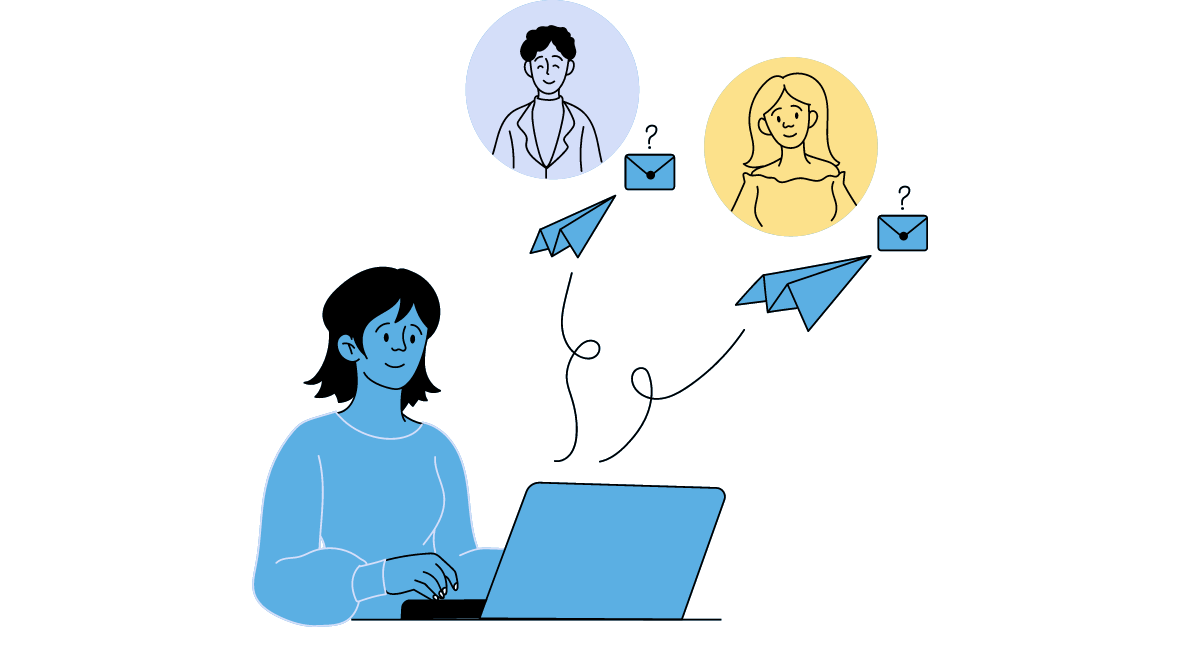
1. Out-of-Office Notification:
– Use auto-reply to inform colleagues and clients that you’re out of the office. Include the dates of your absence, an alternative contact person, and when they can expect a response from you.
– Example: “Thank you for your email. I’m currently out of the office and will not be able to respond until [date of return]. For urgent matters, please contact [alternative contact person] at [contact information]. I’ll respond to your email as soon as possible upon my return.”
2. Vacation Notice:
– When you’re on vacation, set up an auto-reply to let senders know that you’re away and when you’ll be back. You can also include information on who to contact in case of emergencies.
– Example: “Greetings! I’m currently on vacation and will not be checking my email until [return date]. If you need immediate assistance, please reach out to [alternative contact person] at [contact information]. Otherwise, I’ll respond to your email when I return.”
3. Acknowledgment of Receipt:
– Use auto-reply to acknowledge receipt of emails, especially if you receive a high volume of messages and want to reassure senders that their email has been received.
– Example: “Thank you for your email. This is an automated response to confirm that your message has been received. I’ll review it as soon as possible and get back to you accordingly.”
4. Meeting Scheduler:
– If you frequently schedule meetings via email, set up an auto-reply to provide available time slots or a link to your calendar scheduling tool.
– Example: “Thank you for reaching out to schedule a meeting. Please find my available time slots for the next week [calendar link] and select a time that works best for you. I’ll confirm the meeting once I receive your response.”
5. FAQs and Resource Sharing:
– If you often receive similar inquiries, use auto-reply to provide answers to frequently asked questions or direct senders to relevant resources.
– Example: “Thanks for your email! For answers to common questions, please visit our FAQ page [link]. If you don’t find what you’re looking for there, feel free to reach out, and I’ll be happy to assist you further.”
6. Lead Nurturing and Customer Support:
– In sales or customer support roles, use auto-reply to acknowledge inquiries and provide initial assistance or set expectations for response times.
– Example: “Hello! Thank you for contacting us. Your inquiry is important to us, and we’ll get back to you within [specified time frame] with more information or assistance.”
7. Subscription Confirmation:
– For subscription-based services or newsletters, use auto-reply to confirm the subscription and provide relevant information or resources.
– Example: “Thank you for subscribing to our newsletter! You’ll receive regular updates on [topic/industry]. In the meantime, feel free to explore our website [link] for more information.”
By leveraging auto-reply in Gmail with these practical examples, you can effectively manage your inbox, provide timely responses, and enhance communication with your contacts, colleagues, and clients.
"Optimizing Email Efficiency: A Comprehensive Guide to Auto Replies in Gmail"
What is the Importance of Personalized Responses and Human Interaction?
Here’s a detailed description highlighting the importance of personalized responses and human interaction, incorporating the keyword scanning software:
In an era dominated by digital communication, the value of personalized responses and genuine human interaction cannot be overstated. As businesses and individuals increasingly rely on emails, social media messages, and other digital platforms to connect, the need for authentic engagement has become more apparent than ever.
1. Building Trust and Rapport:
Personalized responses demonstrate that you value the individual on the other end of the communication. Whether it’s a customer inquiry, a colleague’s request, or a message from a friend, taking the time to craft a personalized response shows that you care about their needs and interests. This helps in building trust and rapport, essential elements in any relationship, be it professional or personal.
2. Enhancing Customer Experience:
In the realm of business, personalized responses play a pivotal role in enhancing the customer experience. When customers receive tailored responses to their inquiries or feedback, they feel valued and appreciated. This positive interaction can significantly impact their perception of the brand, leading to increased loyalty and satisfaction. For instance, in customer service interactions, using the customer’s name and addressing their specific concerns can make them feel heard and understood.
3. Strengthening Professional Relationships:
Within a professional setting, personalized responses contribute to the cultivation of strong relationships among colleagues, clients, and partners. By acknowledging individuals’ unique contributions, preferences, and challenges, you demonstrate respect and empathy, fostering a collaborative and supportive work environment. This human-centric approach not only improves teamwork but also paves the way for more effective communication and problem-solving.
4. Standing Out in a Digital Landscape:
In a world inundated with automated responses and generic messages, personalized interactions stand out as a breath of fresh air. They cut through the noise, capturing attention and leaving a lasting impression. Whether it’s a handwritten note, a thoughtful email, or a personalized video message, these gestures showcase authenticity and sincerity, setting you apart from automated bots and generic templates.
5. Addressing Privacy and Security Concerns:
Personalized responses also play a crucial role in addressing privacy and security concerns, especially in sensitive contexts such as financial transactions or healthcare communications. Unlike automated systems or scanning software, human interaction ensures a level of discretion and confidentiality that algorithms cannot replicate. This human touch reassures individuals that their information is handled with care and diligence.
Personalized responses and human interaction are indispensable in today’s digital landscape. They not only nurture relationships and foster trust but also differentiate brands and individuals in a crowded marketplace. While scanning software and automation have their place in streamlining processes, they must be complemented by genuine human engagement to truly connect and resonate with others on a meaningful level.
What Are the Benefits of a Complete Guide to Auto-reply in Gmail?
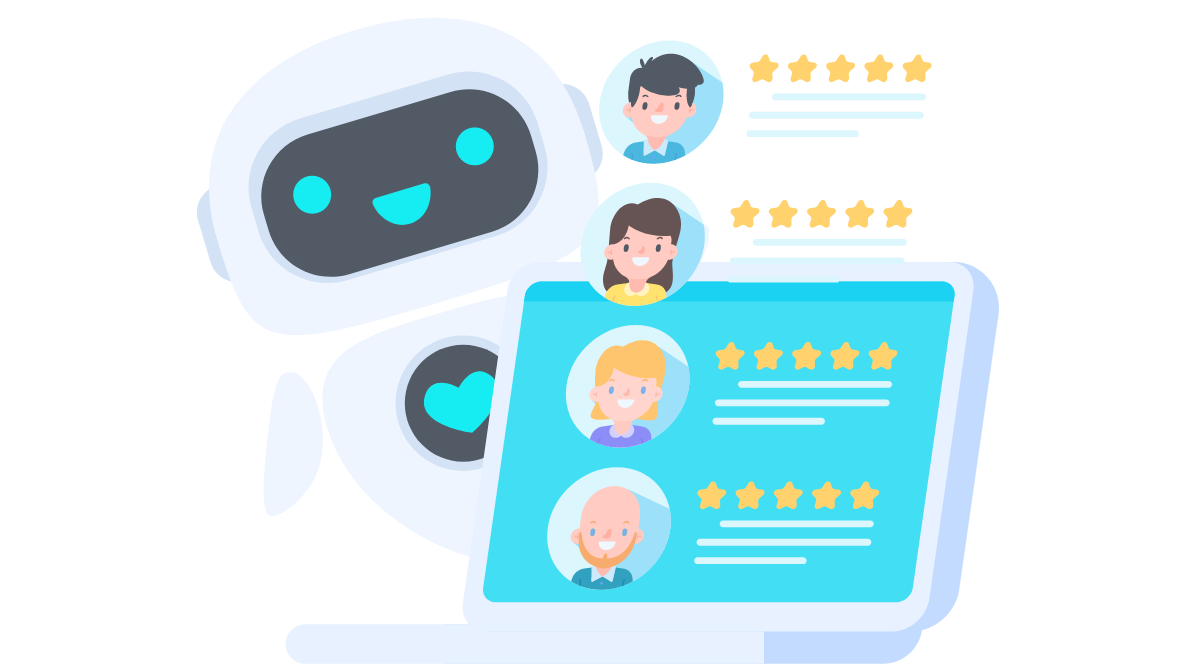
1. Improved Communication Management:
– Topic: By setting up an auto-reply in Gmail using a comprehensive guide, you effectively manage your communication flow. Whether you’re on vacation, out of the office for a meeting, or simply need focused time to work without interruptions, auto-reply ensures that senders are informed of your availability.
– Enhanced Description: With auto-reply enabled, you can maintain professionalism by promptly acknowledging emails and providing relevant information to the sender. This fosters trust and ensures that important messages are not overlooked, even during your absence.
2. Time-Saving Efficiency:
– Topic: The complete guide to auto-reply in Gmail helps you save time by automating responses to incoming emails. Instead of manually composing replies to each message, the auto-reply feature handles this task for you.
– Enhanced Description: With the click of a button, you can activate auto-reply and focus on other priorities knowing that senders will receive timely responses. This time-saving efficiency allows you to allocate more time to critical tasks and reduces the burden of managing email correspondence.
3. Enhanced Professionalism:
– Topic: Utilizing auto-reply in Gmail demonstrates professionalism and consideration for the sender’s time. A well-crafted auto-reply message communicates your availability and sets clear expectations for when the sender can anticipate a response.
– Enhanced Description: Following a complete guide to setting up an auto-reply, you can customize your message to reflect your professionalism and brand identity. Including relevant information, such as alternative contact methods or emergency procedures, further enhances your professional image.
4. Effective Out-of-Office Management:
– Topic: Auto-reply in Gmail is invaluable for managing out-of-office periods efficiently. Whether you’re on vacation, attending a conference, or experiencing a temporary absence, auto-reply ensures that incoming emails are handled appropriately.
– Enhanced Description: With a complete guide to auto-reply, you can seamlessly activate and deactivate the feature as needed. This ensures that senders are informed of your absence and provided with alternative contacts or resources, minimizing disruptions and maintaining workflow continuity.
5. Increased Productivity:
– Topic: Implementing auto-reply in Gmail contributes to increased productivity by reducing interruptions and allowing uninterrupted focus on essential tasks. With auto-reply handling incoming emails, you can dedicate uninterrupted blocks of time to deep work and productivity.
– Enhanced Description: Following a comprehensive guide to auto-reply empowers you to customize settings according to your specific needs and preferences. By efficiently managing email communication, you can reclaim valuable time and channel your energy into high-priority projects, ultimately boosting productivity. Additionally, incorporating the keyword Word to Excel into your email auto-reply message can provide senders with useful information regarding your availability to handle specific inquiries, such as requests for image conversion services.
6. Streamlined Email Management:
– Topic: Auto-reply in Gmail streamlines email management by providing a systematic approach to handling incoming messages. With auto-reply enabled, you can ensure that senders receive acknowledgment of their emails and relevant information, even when you cannot respond immediately.
– Enhanced Description: By adhering to a complete guide to auto-reply, you establish clear protocols for managing email correspondence. This reduces the risk of overlooked messages, enhances communication efficiency, and contributes to a more organized inbox, facilitating smoother workflows and collaboration.
"Unlocking Auto Response: A Complete Guide to Gmail"
Conclusion
Setting up auto-reply in Gmail can significantly improve your email management efficiency, especially when you’re away from your inbox. By following the steps outlined in this guide, you can ensure that your contacts receive timely responses and are informed about your absence or unavailability. The vacation responder feature in Gmail allows you to customize your auto-reply message, set specific dates for its activation, and choose whether to send responses to all incoming messages or just those from your contacts.
Remember to keep your auto-reply message concise, informative, and professional. Include relevant details such as the dates of your absence, alternative contact information if necessary, and when the sender can expect to hear back from you. Additionally, take advantage of Gmail’s optional settings to customize auto-replies for different groups of senders, such as internal colleagues and external contacts. Regardless of the method you choose, converting TXT to Excel can streamline data analysis, visualization, and manipulation, making it easier to work with large datasets and extract valuable insights.
Once your auto-reply is active, periodically check your inbox for any urgent messages that may require your immediate attention. Adjust your settings or disable the auto-reply feature when you return to ensure that you’re available to respond to emails manually. Overall, auto-reply in Gmail is a valuable tool for managing your email communications efficiently, providing senders with acknowledgment and information while you’re away.
FAQs
1. How do I set up an auto-reply in Gmail?
To set up an auto-reply in Gmail, follow these steps:
- Log in to your Gmail account.
- Click on the gear icon in the upper-right corner and select “See all settings.”
- Go to the “General” tab and scroll down to find the “Vacation responder” section.
- Turn on the vacation responder and specify the start and end dates.
- Compose your auto-reply message in the provided text box.
- Optionally, choose whether to send responses to all incoming messages or just to contacts.
- Save your changes.
2. Can I customize my auto-reply message in Gmail?
Yes, you can customize your auto-reply message in Gmail. When setting up the auto-reply, you’ll have the option to compose your message in the text box provided. You can include details such as the dates you’ll be away, alternative contact information, or any other relevant information. Keep the message concise and clear for the best results.
3. Can I set up different auto-reply messages for internal and external contacts?
Yes, Gmail allows you to set up different auto-reply messages for people within your organization and those outside of it. In the “Vacation responder” section of the settings, you’ll find an option to enable separate messages for contacts inside and outside your organization. This can be useful for providing tailored information to different groups of recipients.
4. Will Gmail send auto-replies to spam or promotional emails?
By default, Gmail’s auto-reply feature will not send responses to emails identified as spam or promotional. It’s designed to respond only to legitimate emails received in your inbox. This helps prevent auto-replies from being sent to unwanted or irrelevant messages. However, it’s always a good idea to periodically review your spam and promotional folders for any important emails that may require a response.
5. How can I test if my auto-reply is working correctly in Gmail?
To test if your auto-reply is working correctly in Gmail, you can send a test email to your Gmail account from another email address. Make sure the email is sent while your auto-reply is active. After sending the test email, check your Gmail inbox to see if you receive the auto-reply message. This will confirm that the auto-reply feature is set up and functioning as expected.
Contact Us
Let's Talk About Your Project




